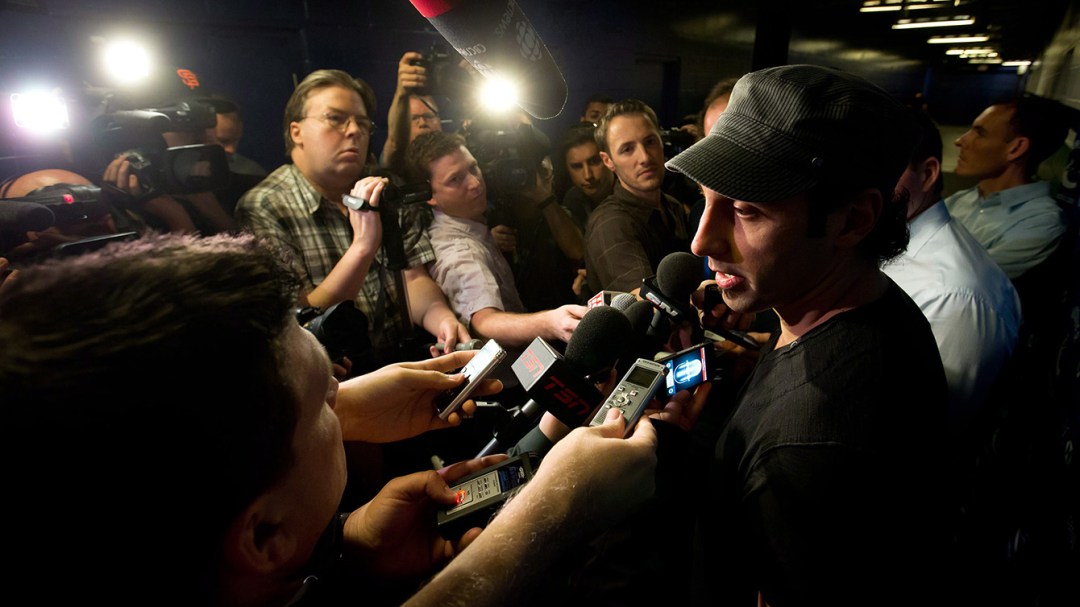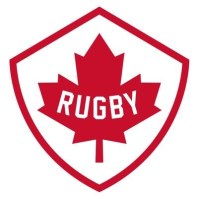New NHL broadcast deal shifts the future of cable sports
Don’t let Tuesday’s NHL broadcast rights announcement fool you. Hockey isn’t the only sport Canadians care about.
Sure, the deal is big, giving Rogers various exclusive NHL TV rights for the next 12-years at a cost of 5.23 billion Canadian dollars.
While hockey is indeed the subject matter, Tuesday’s news is more an indication of how much value the live sport event holds. And also signals a special opportunity for broadcasters of sport content across Canada.
Television audience behaviour has shifted rapidly over the past five years. The impact of digital streaming and downloading has created on-demand habits. Forget programming a PVR, give me a Netflix account on a snowy Sunday afternoon and we’re good.
Even marquee shows like The Walking Dead or Game of Thrones have a massive tribe of on-demand viewers, through a variety of means found online.
That leaves sport. One of the last great live television genres.
Live sport is the best human theatre. We become emotionally connected to an unfolding storyline, to which no one knows the ending. We’re compelled, if not by the story alone, then by the ability of the athletes.
You can surely go a day or two without watching the House of Cards finale. You may just have to be on spoiler alert. But missing a Game 7 or Olympic final live just doesn’t feel right.
Hockey is big, but sport is bigger. Many Canadians understand hybrid icing or a nice toe drag, but we all connect with the human struggle inherent in every sport.
It’s the reason why CBC is so invested in the Olympic Games. Or TSN decided to broadcast all Kansas Jayhawks games with Vaughan, Ont.’s Andrew Wiggins as the star.
Live sport brings us together. After all, we tend to be naturally relational, and sport is just an excuse to gather up and cheer. Ever watched your favourite team in a big game by yourself? Having no one to high five really sucks, so we tend to avoid watching alone.
If fans can be drawn to other sports, and watch partly because of the social aspect, then maybe the next great frontier isn’t just which sport is broadcast but how.
Many of the biggest Canadian media companies have multiple distribution options. Cable, web and mobile. That means the opportunity may lie in how closely the audience can be connected to the action, and each other. How about high-fiving your buddy on the couch, and your brother across the country on Skype through a second screen experience? There are plenty of ways for media companies to help with this.
Tuesday’s hockey announcement will force the expansion of other sports, and how we watch them. The best is yet to come and that’s great news for Canadian sports fans.











